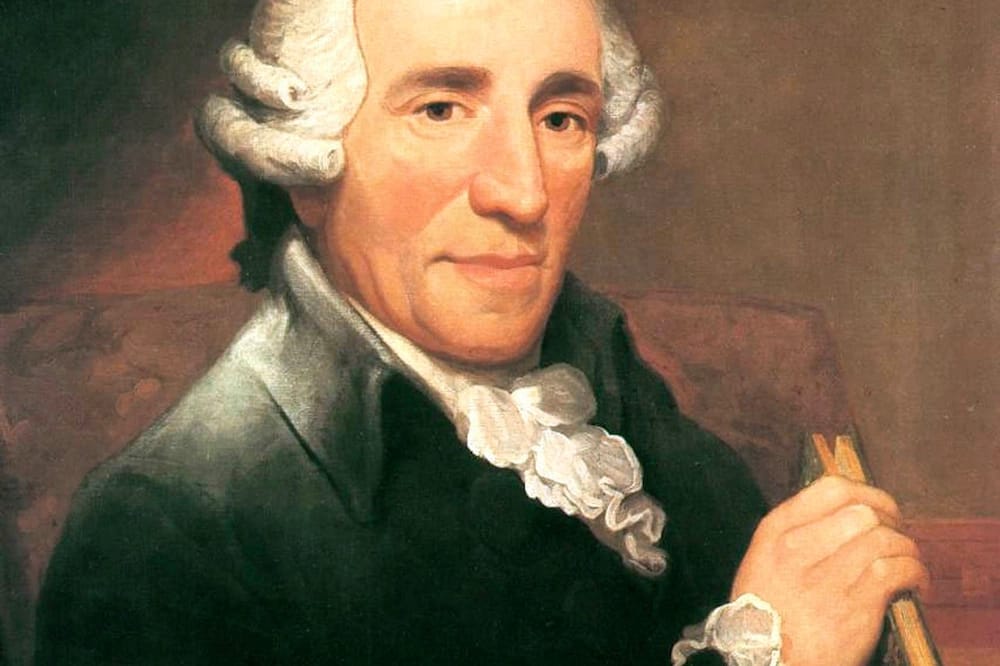
KUSC’s Alan Chapman has a lot to say about music, but can he say it in 60 seconds? That’s the Chapman Challenge. We ask a question and Alan has a minute to answer it.
Today’s question comes from Jason in Boston, who says: “You play a lot of symphonies by Haydn with nicknames. Did he name them himself?”
Many of the nicknames are suggested by the music itself. It’s obvious from the very beginning of Symphony No. 103 why it’s called the “Drumroll.” This ticktock rhythm in No. 101 earned it the nickname “The Clock.” Symphony No. 83 is “The Hen” thanks to a theme that sounds like a chicken scratching. And of course, there’s that unexpected moment in Symphony No. 94, the “Surprise Symphony.” There are also nicknames that are prompted by something other than the music. The most famous example would be “The Miracle.”
During one of Haydn’s concerts in London a chandelier fell in the rear of the room and because the crowd had moved forward to get a better look, no one was hurt. Because of this miraculous event Symphony No. 96 is called “The Miracle.”
Only one problem here: When the chandelier fell they were actually playing Symphony No. 102.
That’s today’s Chapman Challenge. Is there a question you’d like to have answered in 60 seconds? Send it to us at [email protected].







